Container deposit scheme changes: How SA scheme works and arguments for and against its expansion
One of South Australia’s green economy success stories is in line for an expansion, but debate is raging - here are the arguments for and against.
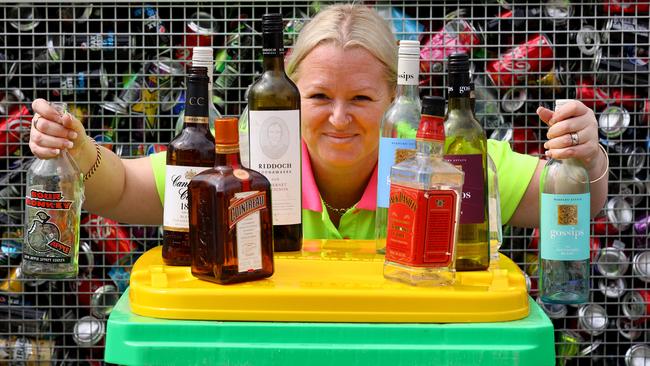
SA News
Don't miss out on the headlines from SA News. Followed categories will be added to My News.
It was set up four decades ago to tackle littered parks, streets and waterways, and has been labelled one of the state’s “cultural icons”.
But the potential expansion of the container deposit scheme (CDS) could become a battleground, with environmentalists and recycling businesses on one side touting its successes, and beverage manufacturers on the other counting its costs.
Under the scheme, introduced in 1977, beverage suppliers establish contracts with “super collectors” and pay a fee to cover the 10c refund and handling of containers.
Drink producers then usually add some or all of these costs into retail prices, and consumers recover that when they return containers at depots.
Glass materials are cleaned, processed and sold to recycling markets for remanufacture and aluminium, while liquid paperboard and plastic containers are also used to make new packaging or other products.
Now, the state government is asking people whether they support extending the scheme to include wine and spirit bottles, under changes to reduce inconsistencies in the CDS.
Large flavoured milk containers may also be included, along with the containers for fruit and vegetable juice, health tonic bottles and cordials.
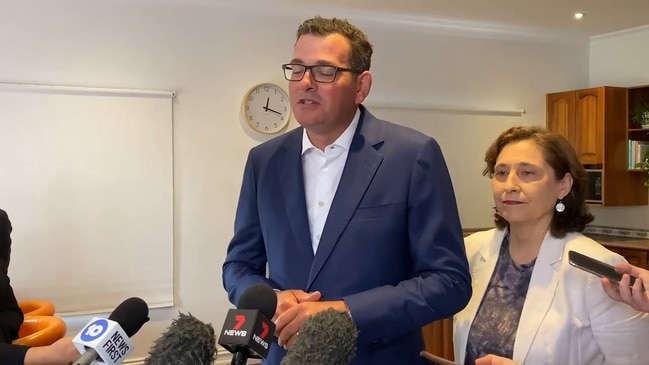
Former KESAB chief executive John Phillips, who watched the scheme evolve as he led the organisation for 30 years, said there was “little doubt” the community supported the scheme’s expansion.
“There’s some sensitivity in industry but I think they’ll come around,” he said.
South Australians already return more than 600 million beverage containers, totalling over 40,000 tonnes, for a refund and recycling every year.
Have your say on the issue before November 19 at the Environment Protection Authority and YourSAy websites.
ARGUMENTS FOR
1Increasing recycling rates
AAA Recycling Centre manager Krystie Paltridge says her Burton-based business enjoyed a rise of about 50 per cent in the cans and bottles recycled after the 5c deposit doubled to 10c in 2008 – and the rise could happen under new reforms.
“Personally, I think it will go as crazy as it did when it changed from 5c to 10c – I can remember it being flat out,” she said.
Stephen Scherer, manager of Recycling Plastics Australia, says there’s no doubt container deposit legislation works to improve resource recovery.
“The bottleyards are the winners in South Australia – that’s how it all goes through,” he said.
In Kilburn, Recycling Plastics Australia turns plastic waste into pellets for other uses.
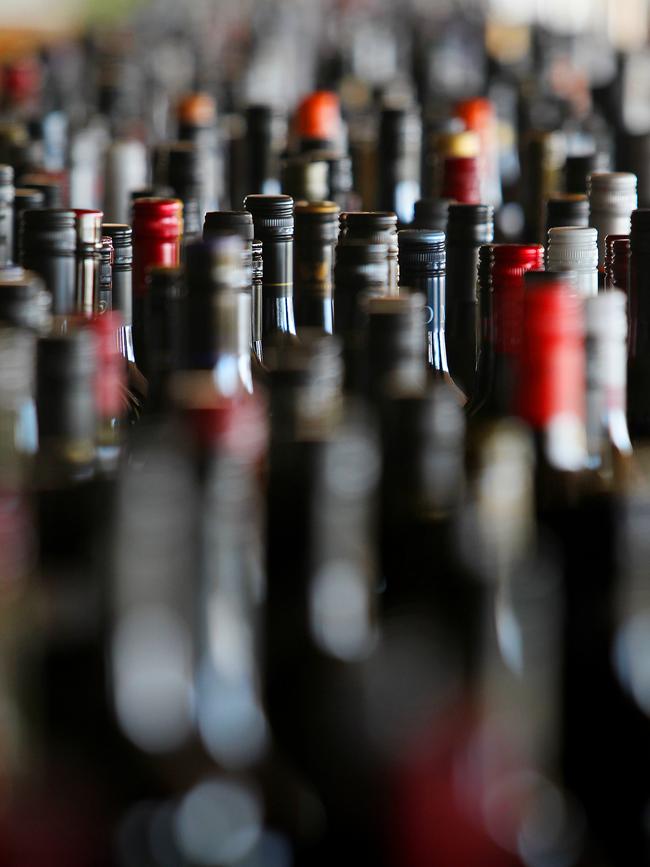
2Job creation
Mrs Paltridge expects to see the benefits at her business, which would likely expand her staff of 15 under the changes.
“We’re handling (wine bottles) already but whether it increases the amount of customers that wouldn’t normally come in, that will be the interesting part,” she said.
Environment Minister David Speirs has said increasing the number of containers collected through the deposit scheme, which he labelled a “cultural icon” – could mean tens of millions more containers recycled every year.
This could increase the recycling industry’s revenue by $70m and create 120 new jobs.
3 Creating higher-value material
KESAB chief executive Wendy Bevan says that although glass can be recycled through kerbside collections, there is often breakage.
“If glass gets broken in kerbside bins and then it’s recycled and turned into things like road base, that can be sold at a much lower rate than if it’s turned into a wine bottle or beer bottle,” she said. “We have to look at how we can use this stuff at the highest value – how do we make it make sense for the economy and for the environment?”
Mrs Phillips said broken glass in kerbside waste also devalued paper and cardboard.
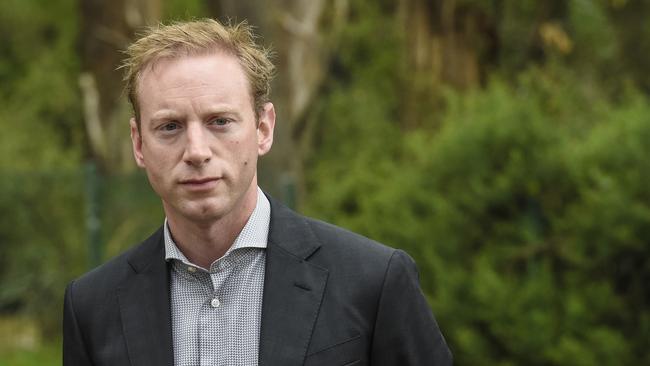
4 Feeding the circular economy
South Australia is aiming to foster a circular economy, in which the environmental effects of production and consumption are reduced, at the same time as boosting economies.
Government grants are already encouraging more businesses to recycle our waste locally and it’s believed widening the container deposit scheme would fuel growth in the sector.
“Hopefully there will be a surge in remanufacturing and the recycling industry,” Ms Bevan said.
It is also estimated that removing wine, spirit and cordial containers from kerbside collections could save councils $34m a year.
Business SA chief Martin Haese said that while businesses were keen to take part in the circular economy, the government should work to reduce the implementation costs of any extension to the CDS, on all employers in the wine industry.
ARGUMENTS AGAINST
1 Increased costs to business
Businesses – in particular those in the wine sector – have raised worries about the costs they’d have to pay to cover the scheme.
Adelaide Hills Wine Region chairman Jared Stringer said ultimately, the application fees, labelling costs and “super collector” charges associated with participating in the container deposit scheme could be as high as 30 cents a container.
“That’s quite a significant cost and that’s going to have to be passed on to consumers,” Mr Stringer said.
SA Wine Industry Association chief executive Brian Smedley has said the cost could create cashflow problems for businesses already suffering from the effects of the pandemic and China’s crippling tariffs on Australian wine.
The government says it is proposing to remove application fees and replace them with a scheme compliance fee payable by super collectors, leading to a more equitable cost share among manufacturers. There would also be subsidies for small and medium beverage suppliers new to the scheme.
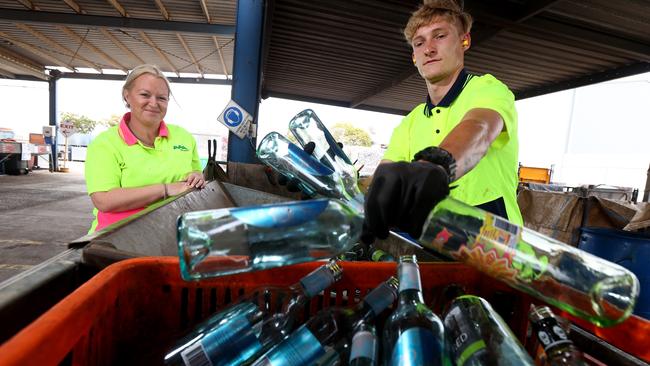
2 Potential sales reductions
Nippy’s joint managing director Ben Knispel said extending the scheme to larger juice containers would create “another tax” for businesses and could make customers think twice about how much they bought.
“If you tax it enough, people will just start using a reusable drink bottle from home,” he said.
“That would be good for the environment but it would be the end of my industry.”

3 Unnecessary change
The container deposit scheme was started in a bid to offer people an incentive to reduce littering – a problem Mr Stringer said had largely been overcome in SA.
“I just don’t see why we need to offer an incentive when (containers are) already being recycled,” he said.
In response to the idea of reducing the amount of broken glass contaminating kerbside waste, Mr Stringer said extending the scheme to some bottles, and not other glass products, such as sauce bottles and jam jars, did not make sense.
4 Other ways to increase recycling
Mr Stringer said other options less onerous on business included making kerbside recycling more effective by providing different bins to allow residents to separate glass from other waste.
“I think there’s scope for getting consumers to split up their recycling at the household level rather than adding more products to the container deposit scheme,” he said.
“It (the proposed schem) seems like a way of raising revenue without fixing any actual problem.”



